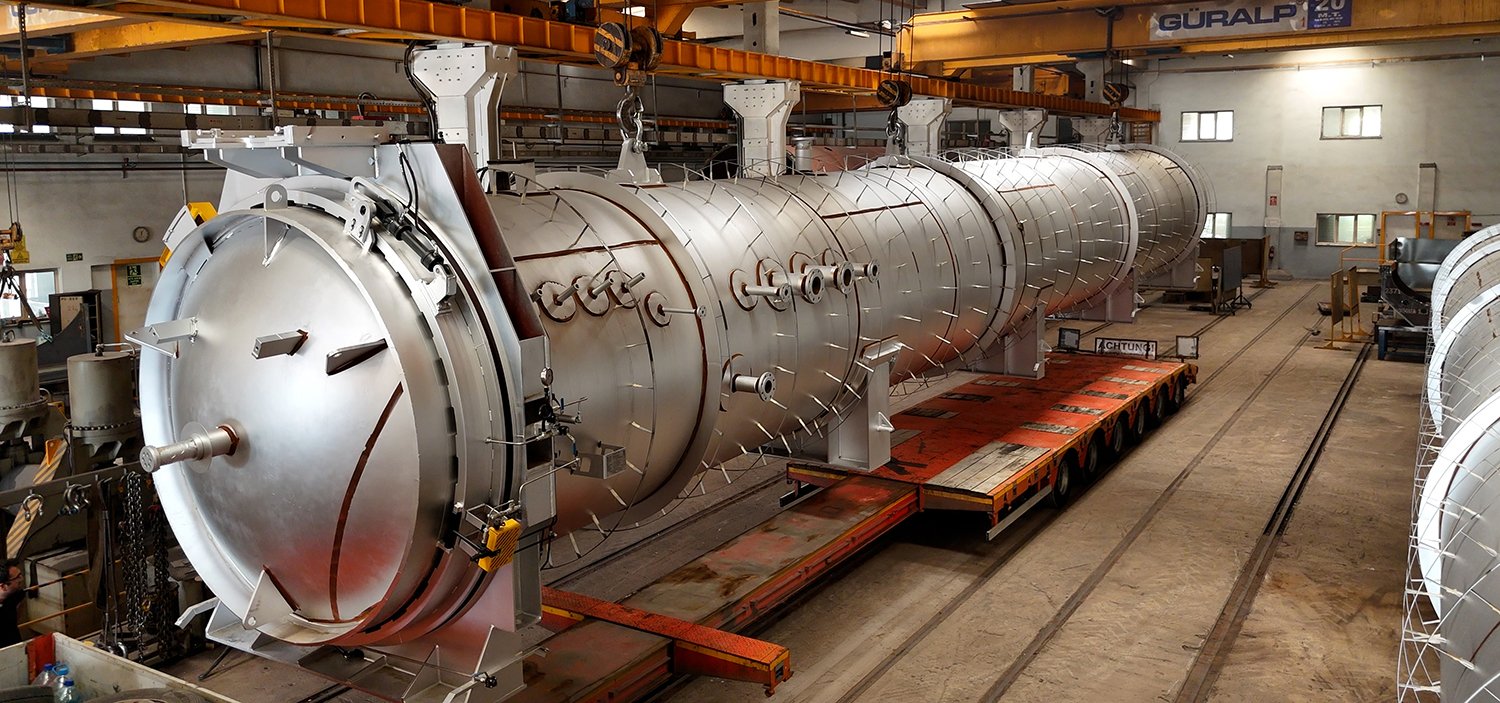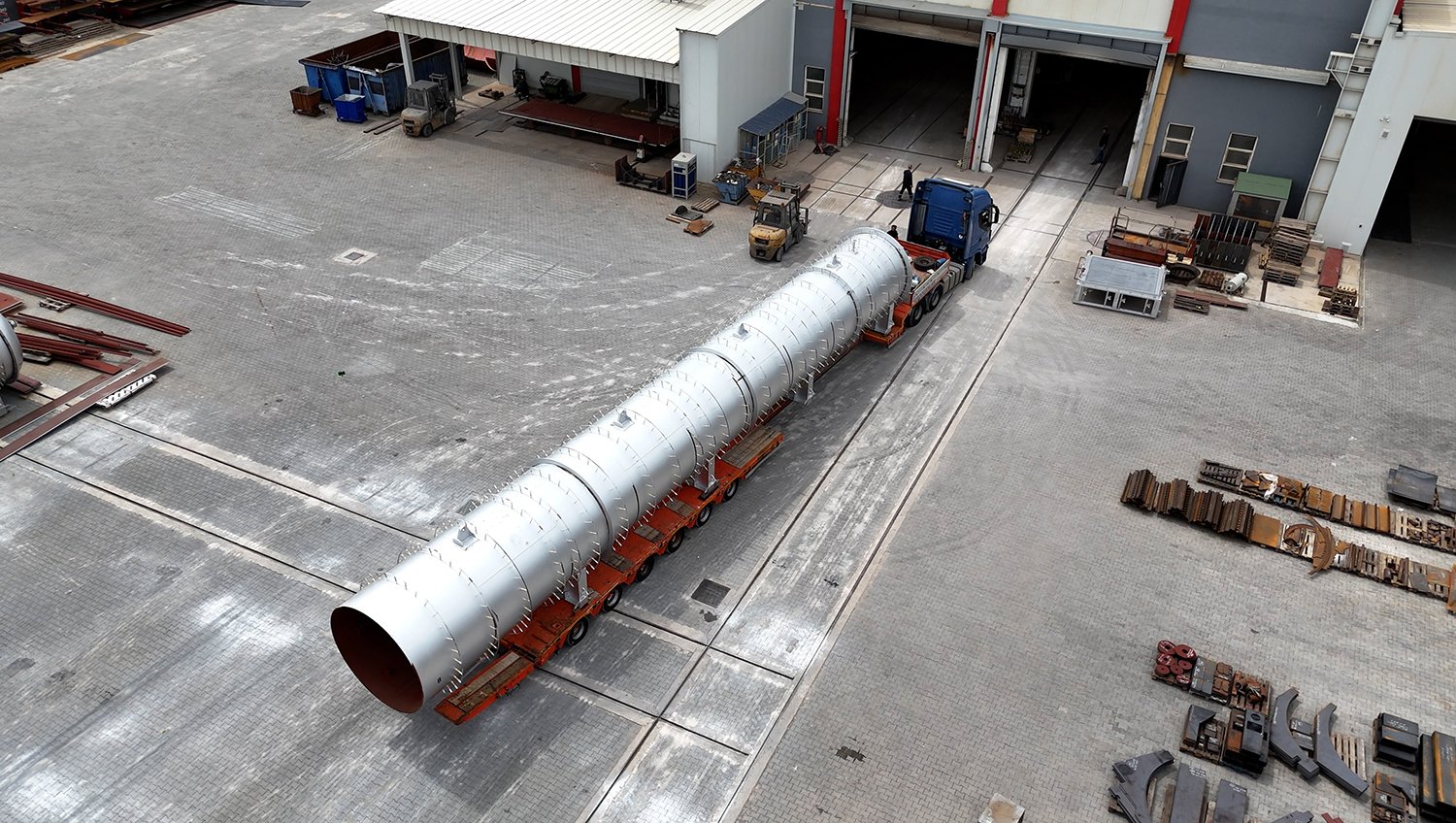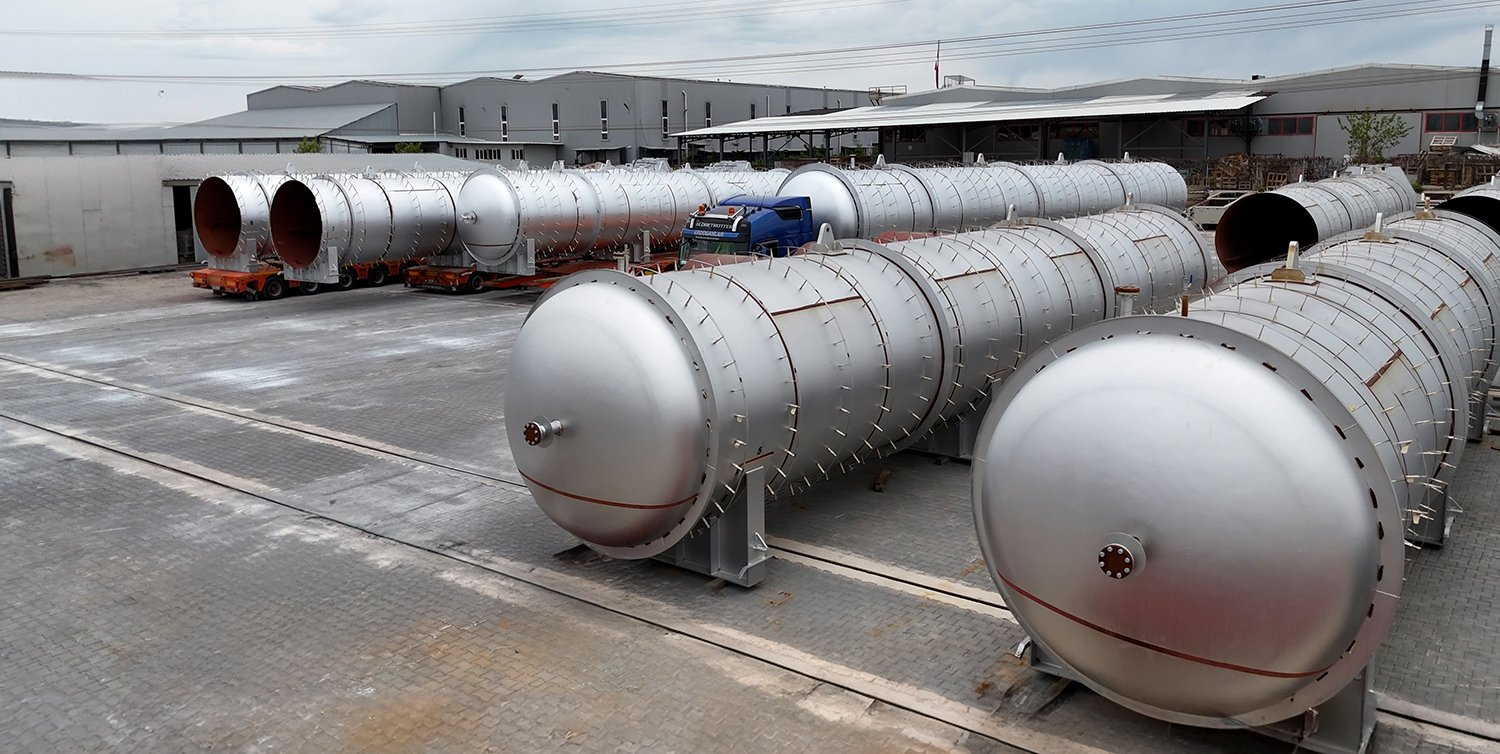What's AAC Blocks ?
Autoclaved Aerated Concrete (AAC) is an environmentally friendly, lightweight, precast, cellular concrete building material suitable for producing concrete-like blocks.
What is the Autoclaving Process in AAC (Autoclaved Aerated Concrete)?
The final step in AAC production is autoclaving, which ensures the product achieves its final strength. Autoclaving is performed in long, pressurized vessels designed to operate at a working pressure of 13 bars.
The Critical Importance of Maintenance and Inspection of AAC Autoclaves
Autoclaves used in the AAC industry are significantly larger and longer than those used in other industries. In AAC projects, autoclave diameters are typically 2.9 meters, with lengths reaching up to 60 meters. The average AAC production process takes approximately 12 hours. Given the size and operational conditions of these autoclaves, it is crucial to ensure regular maintenance and inspections, similar to other autoclaves.

The safety of AAC autoclaves begins with the design and production phases. Because they are high-pressure equipment, their manufacture must meet the standards and regulations for pressurized vessels. Equally important is the training of operators, who must be knowledgeable about operating pressurized vessels according to regulations.
In an AAC facility, other equipment such as mills, mixers, and cutting machines are also present. Among all these, the maintenance and routine inspections of the autoclave are the most sensitive and require the most attention. Unlike other equipment in the facility, a lack of maintenance on autoclaves can lead to production disruptions and unwanted accidents, resulting in significant commercial losses and even fatalities.

Some AAC manufacturers consider autoclaves more stable compared to other AAC equipment. Therefore, they often do not give the necessary attention and importance to autoclaves operating at 12-13 bar pressure with cycles lasting 11-12 hours. Typically, autoclave maintenance is scheduled once a year during periods of low or no production. However, more frequent regular maintenance and inspections are of great importance.
Additionally, due to the length of AAC autoclaves, special attention must be paid to the design of the saddles. Poorly designed saddles during the manufacturing process directly affect the autoclave's lifespan and safe usage. The manufacturing and placement of the saddles on the foundation are among the most critical aspects of AAC autoclaves. During the placement of the autoclave on the foundation, necessary checks must be made regarding the slope for condensate drainage. One of the most common problems faced by AAC manufacturers is the lack of maintenance and observation for condensate drainage. Inadequate drainage leads to severe corrosion, resulting in the replacement of brand-new autoclaves after only a few years of operation.

Periodic inspections and maintenance of AAC autoclaves are extremely important, as autoclaves without maintenance have been known to cause fatal accidents. Due to their size and high investment costs, correcting manufacturing errors on-site after installation and commissioning is extremely difficult. However, investing in autoclaves produced according to standards, operated by risk-aware, trained, and competent personnel, and following more frequent maintenance schedules can prevent these accidents. While risks cannot be entirely eliminated, they can be significantly minimized.
Akarmak, with over 30 years of experience and a professional after-sales department, provides comprehensive maintenance services to its global clients. In this context, we encourage our clients to perform regular checks and maintenance of autoclaves, the most critical equipment in an AAC facility due to high pressure and associated risks.

